During a business trip to Beijing, Tang Mengyue talks with his colleagues on the phone in Lijiang, Yunnan province, about how to address a sudden power outage at the satellite ground station.
As the head of the Lijiang Satellite Ground Station at the Chinese Academy of Sciences Aerospace Information Innovation Research Institute, Tang's primary responsibility is to ensure the equipment runs smoothly.
"The equipment is backed up by an uninterruptable power supply, so a power outage doesn't happen unless there is a short circuit, leakage or overload. However, after investigating over the past few days, we didn't find any of these issues," Tang said.
"So we suspected there might be a poor connection in a certain section of the wiring. Therefore, we decided to open the distribution box and indeed found a loose wire, resolving the issue," he added.
To ensure no electromagnetic interference in the vicinity, satellite data receiving stations are typically situated in remote areas. Since the establishment of the first ground station in Miyun district, Beijing, in 1986, the China Remote Sensing Satellite Ground Station has built a network of satellite receiving stations in Lijiang; Kashgar, West China's Xinjiang Uygur autonomous region; Sanya, South China's Hainan province; and Mohe, Northeast China's Heilongjiang province.
The satellite data receiving station network, composed of these five stations, boasts 38 large-diameter data receiving antennas and over 10 high-speed optical fiber data transmission links, leading the world in scale and technical specifications, according to the Aerospace Information Research Institute under the Chinese Academy of Sciences.
In September, the Lijiang station, located at an altitude of 2,827 meters in Yulong Naxi autonomous county, was completed and put into operation, filling the gap in the real-time reception for satellites within 500 kilometers. As a result, China has achieved real-time reception of satellite data across all of its national territory and 70 percent of the land area in Asia.
"When a satellite passes over China, the data it collects is received by the ground station and transmitted in real-time to the Beijing headquarters for distribution to relevant units or research departments, enabling them to access the data promptly," Tang explained.
Real-time data transmission holds significant importance. For instance, in the case of environmental disaster monitoring satellites, such as those that detect forest fires, earthquakes or oil spills, timely data allows relevant departments to make faster and more accurate assessments and decisions, allowing them to respond promptly and minimize the impact of disasters.
"These aspects may not be directly noticeable in our daily lives, but they are indispensable for the smooth functioning of society and our livelihoods," Tang said.
Equipped with remote sensing satellites carrying different payloads, these satellites can be used for various purposes such as resource exploration, urban planning, environmental monitoring, disaster mitigation and space exploration.
"Before 1986, scientists who needed to use remote sensing satellite data had to purchase it at a high cost from countries like the United States," Tang noted. "But now, China's satellite ground station receiving technology has full independent intellectual property rights."
At the Lijiang station, four researchers work in shifts. This newly operational receiving station with four receiving antennas undertakes the data reception tasks for 26 national satellites.
"Technically, the operation center in Beijing can monitor the Lijiang station in real-time. In case of errors or emergencies, Beijing can detect them promptly. This means we only need a few researchers stationed locally, which is the result of continuous development of ground stations over the years," Tang said.
Before coming to Lijiang, Tang was a technical staff member at the Miyun station in Beijing.
"The Miyun station's operations are already quite mature. When I heard that building the Lijiang station required staff deployment, I volunteered eagerly. Because during the initial construction phase of a receiving station, there is more technical knowledge to be gained," Tang said.
Upon arriving in Lijiang, researchers started from scratch, selecting calibration points, conducting signal tests, and watching as the antennas were gradually erected. During the process, Tang and his colleagues lived in a village in Lijiang for over a year.
"I still remember during testing, we climbed to the opposite hill, manually transmitting signals to test various antenna parameters. Finally, witnessing the completion of the antennas, a significant project I was involved in from start to finish, was truly fulfilling," he said.
Today, the Lijiang station operates routinely, transmitting vast amounts of data to the Beijing headquarters daily. Tang and his team continue their daily maintenance of equipment to ensure the secure and reliable passage of this massive data flow.
"The discoveries and operational experiences in our daily work, each seemingly insignificant, accumulate and eventually lead to a qualitative change. This provides valuable insights for the construction of future satellite receiving stations," Tang said.
"This is the significant meaning I see in my daily work — experiences in operations feedback into engineering, facilitating the upgrade and iteration of major scientific research facilities, maintaining our advanced position internationally," he said.



























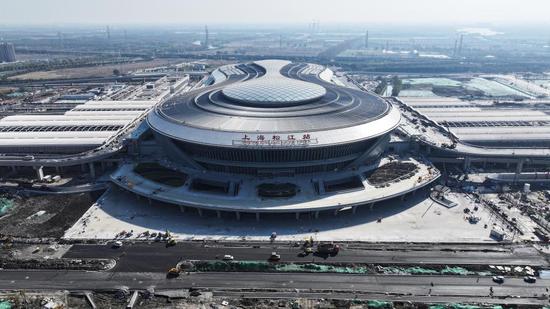


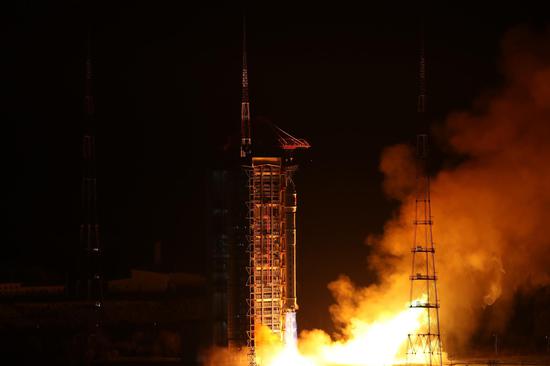


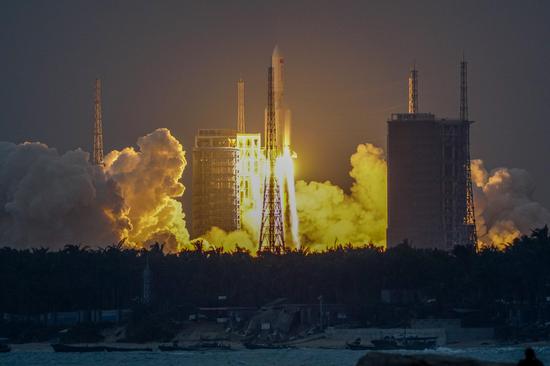





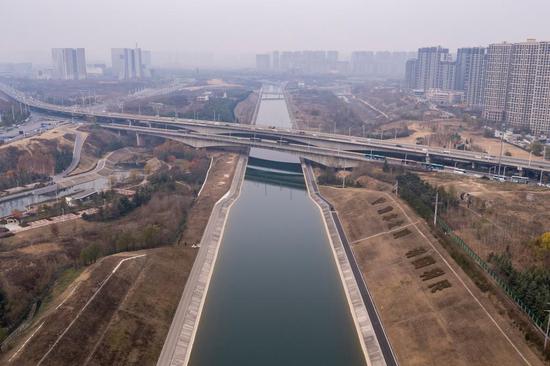

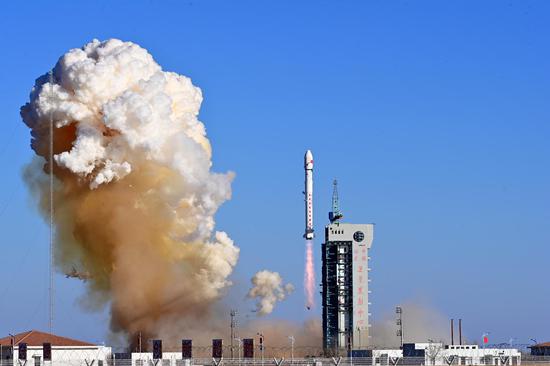








 京公網安備 11010202009201號
京公網安備 11010202009201號